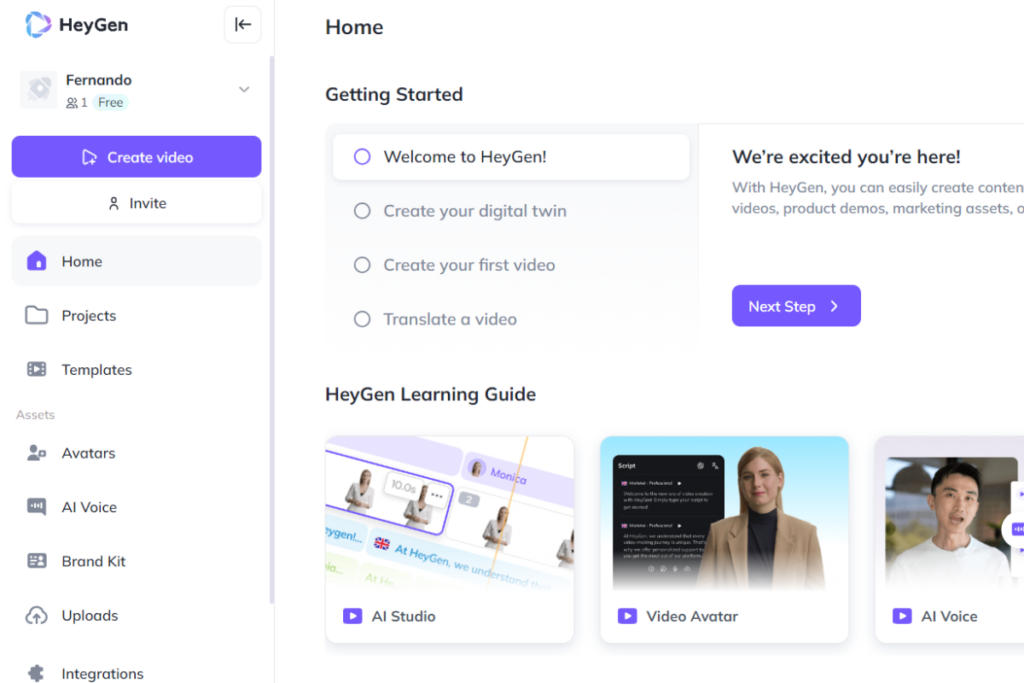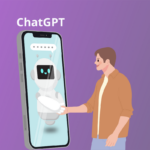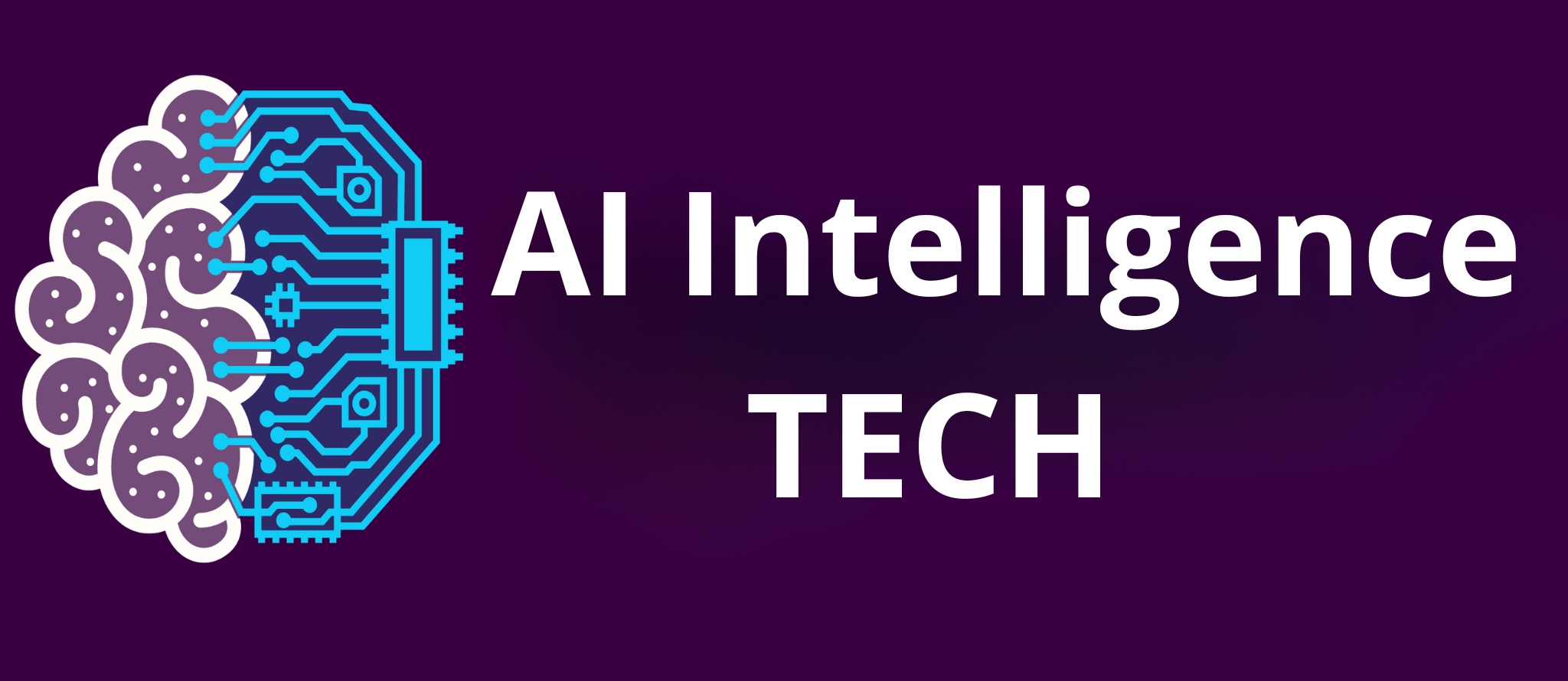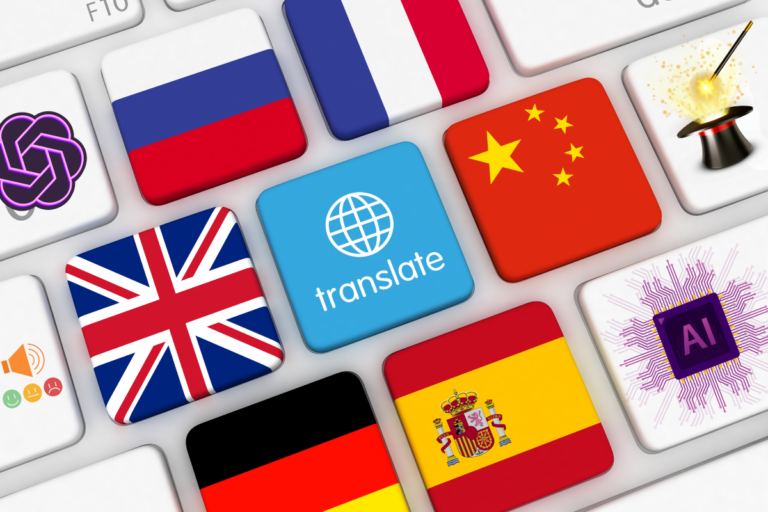Communication is essential for human interaction; however, language barriers often make it difficult to understand each other. Fortunately, with the advancements in Artificial Intelligence (AI) and language translation, we are witnessing a revolution in the way we speak in other languages. In this article, we will explore how AI is transforming the way we communicate across languages, with a special focus on Natural Language Processing (NLP) and its applications in language translation.
Artificial Intelligence and Natural Language Processing
Artificial Intelligence is an area of computer science that aims to create systems capable of performing tasks that would normally require human intelligence. Within this field, Natural Language Processing (NLP) is a subfield dedicated to the understanding and manipulation of human language by machines.
NLP plays an essential role in breaking down language barriers by enabling computers to understand, interpret, and generate human language naturally. This is essential for the development of effective language translation systems, which are a crucial application of Artificial Intelligence and language translation.
AI Applications in Language Translation
Today, there are several AI-powered language translation tools available, such as Google Translate and Microsoft Translator. These tools not only translate text but can also interpret and even pronounce words in different languages. They are widely used in everyday situations, from international travel to global communication in business and education.
Introduction to the HeyGen tool
One of the most interesting platforms in the field of language translation is HeyGen . This tool allows you to turn text into videos with AI-generated avatars and voices. In addition, its user-friendly interface and innovative features like video translator and API make it a popular choice for businesses and content creators.

Benefits and Challenges
Using AI in language translation brings a number of benefits, such as instant communication in different languages and democratizing access to global information. However, there are challenges, such as translation accuracy and preserving cultural nuance and context.
The Future of AI in Language Translation
As AI continues to evolve, we can expect to see significant advances in language translation. The integration of advanced machine learning techniques and enhanced contextual understanding promise to further improve the accuracy and naturalness of translations.
Conclusion
In short, Artificial Intelligence is revolutionizing how we speak other languages. As technology continues to advance, we can expect global communication to become more accessible and effective than ever before. AI is breaking down language barriers and bringing us closer together than ever before, making the world a more connected and understandable place.
You may also like:
- AI for Business: Practical Tips for Implementing Technology in Your Company

- AI Prompt Engineer: The Future of Artificial Intelligence

- Supercharge ChatGPT: 5 Ways to Turn It into Your Perfect Assistant





